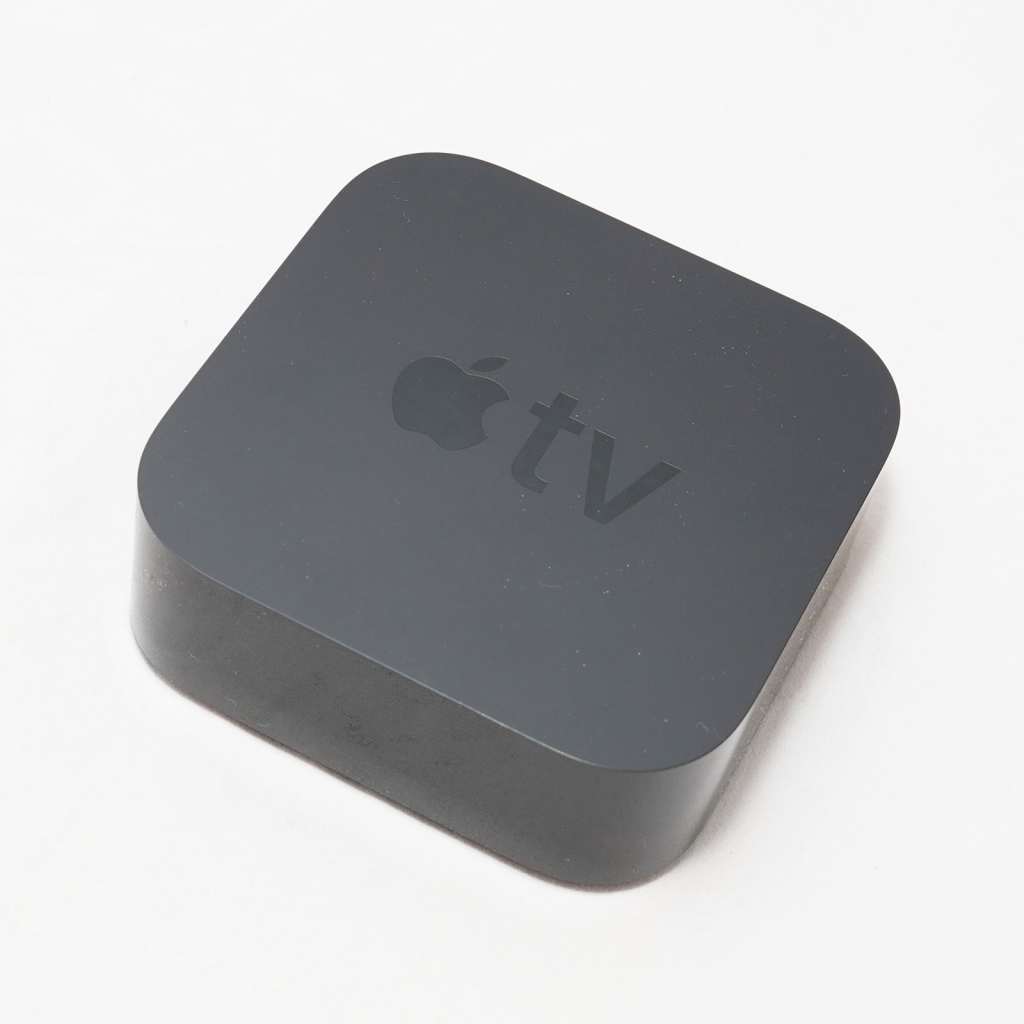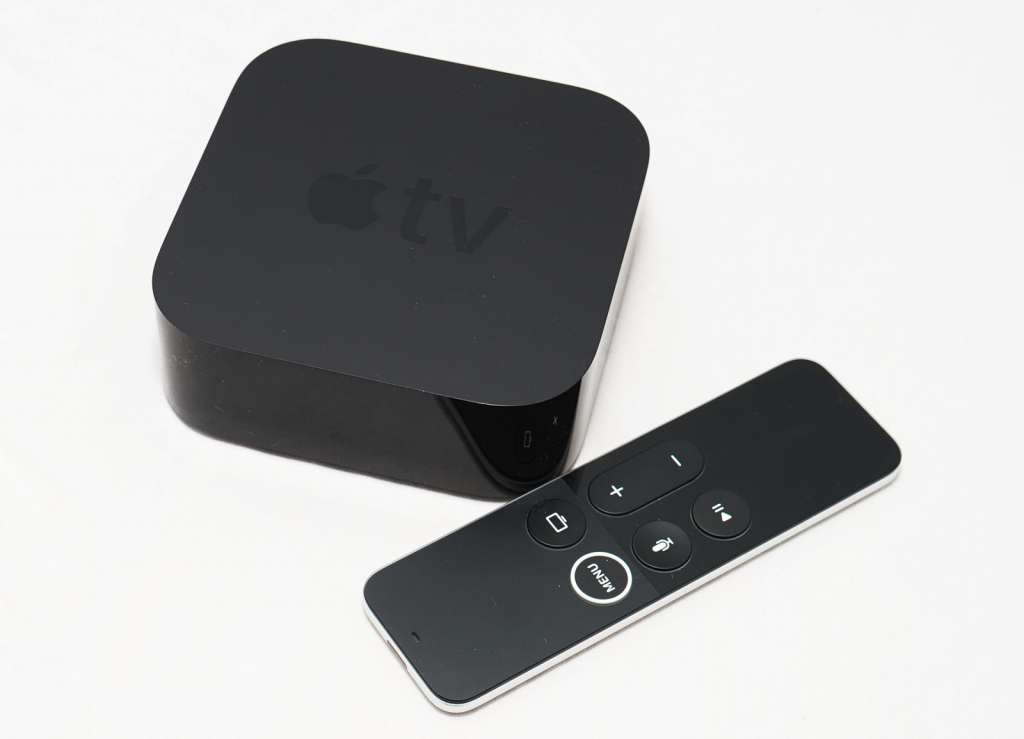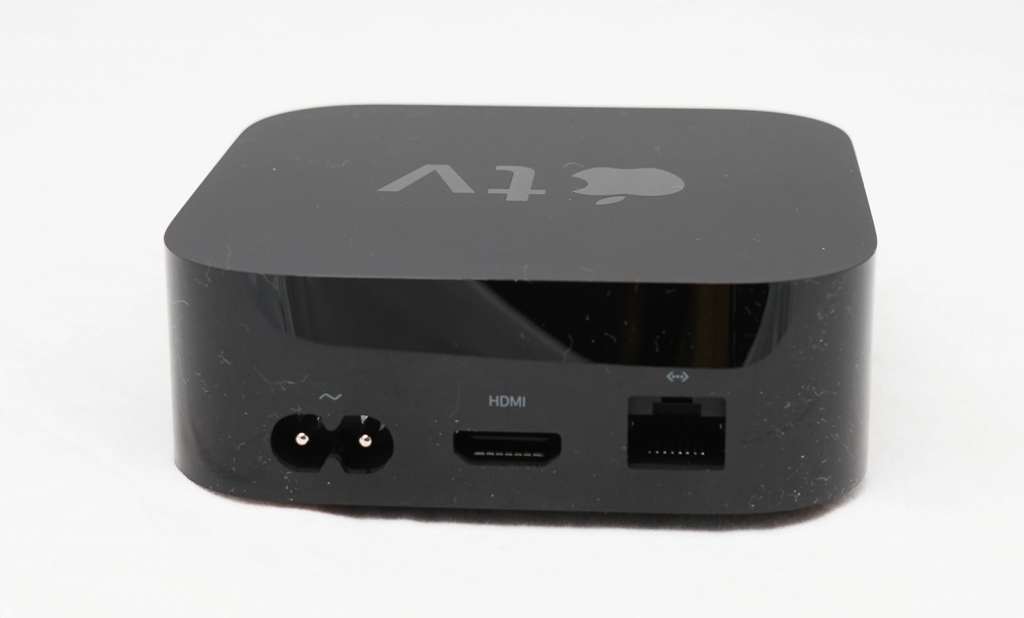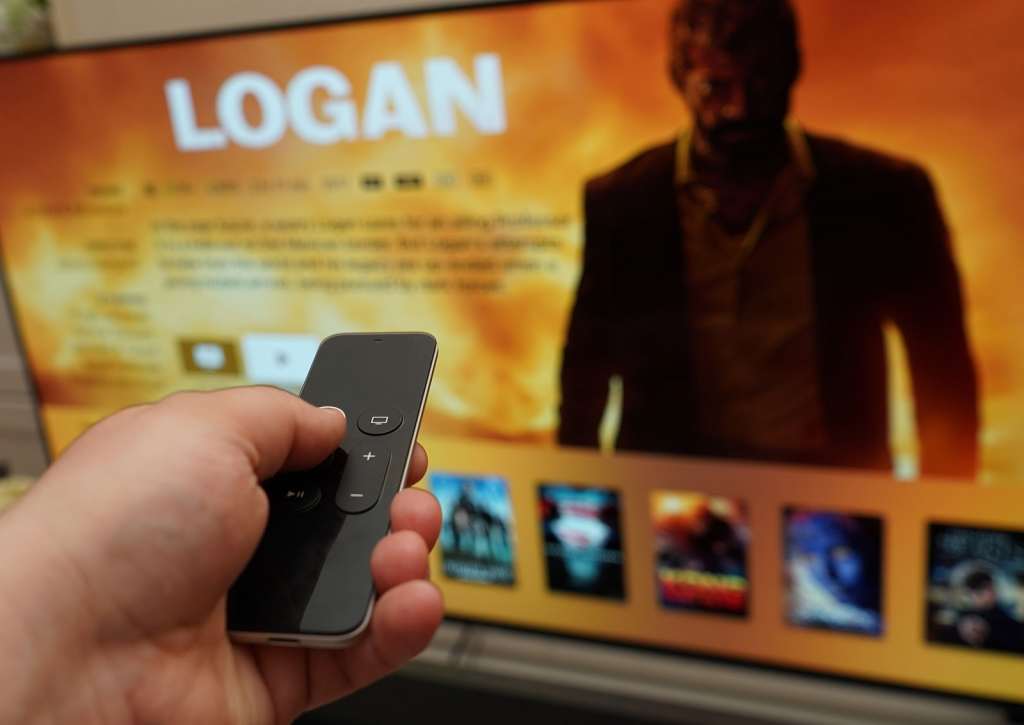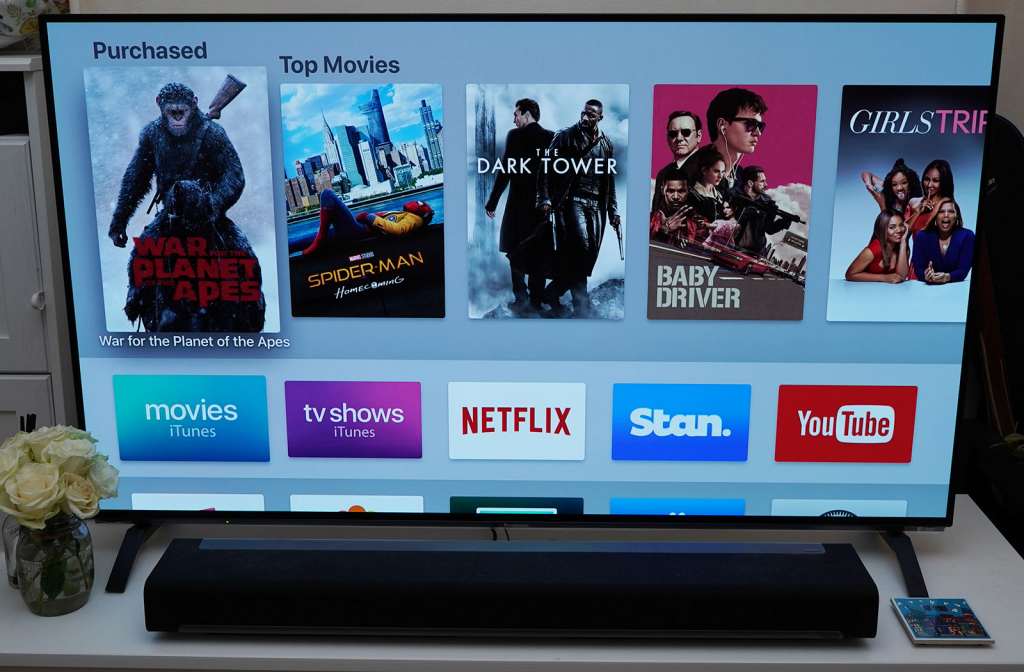Quick review
The good
The not-so-good
The biggest problem with owning a 4K TV is finding 4K content to play on it, but the Apple TV 4K could well solve it.
If you’ve bought a 4K TV in the past few years, you’re likely faced with a problem. You have a big TV and it supports a big type of content, but you don’t have much in the way of native media to play on it.
You can get some home movies shot if you have a recent smartphone with a 4K camera built in, or even if you’ve spent a little more on a proper 4K-capable camera, and since last year, we’ve seen 4K Ultra HD Blu-rays, but those are few and far between.
Fortunately Apple has a solution, and if you’ve been buying movies on Apple TV or iTunes in the past, you might even have the makings of a 4K movie collection already.
Design
While the box and the price tag will give away the impression that the Apple TV 4K is a brand new Apple TV, the design of the product will not.
Remember that black softened square of a hockey puck the Apple TV was last year? Well, it’s back, with more or less the same black plastic TV appliance on the outside, with a whole lot of difference to be found inside.
In fact, if you lined the old one next to the new one side by side, we doubt you’d be able to tell which was old and new, except for that the old one clearly has the most dust since it’s not exactly like you need to move the Apple TV to keep using it.
The one thing that has changed from a physical design point of view is the remote, which is identical in almost every way, except of course for the white plastic ring around the menu button, there on this edition to help you know precisely which button you’re pressing when you’re fumbling around for the remote in the dark.
Features
Even though the design hasn’t changed, the technology on the inside certainly has, as Apple continues its experimentation with a TV-specific operating system appropriately named “tvOS”.
That means you’ll find hardware capable of running an iOS-inspired operating system that can also take apps and games made for this operating system.
Doing the part of this is Apple’s A10X Fusion chip, what Apple has had running in its iPad Pro and a very capable processor, here not just to run apps, but to support 4K and high-dynamic range video.
The latter of these is catered for with support for H.264 and HEVC, while the HDMI port on the Apple TV has been bumped up to version 2.0 (HDMI 2.0a) to provide 4K Ultra HD output.
Other wired ports on the Apple TV 4K include a Gigabit Ethernet port and the figure-eight power port, and that’s it, as Apple removes the USB Type-C maintenance and diagnostic port from the previous model.
Wireless has also improved slightly, with 802.11a/b/g/n/ac WiFi and infrared still here, now joined by Bluetooth 5.0.
The size hasn’t changed, so you still get the same looking Apple TV, and you also have the choice between storage: 32 or 64GB.
While the Apple TV doesn’t necessarily let you store movies on it, mostly this is for the apps you plan on downloading to it, choosing between a 32GB Apple TV 4K for $249 or a 64GB model for $279.
Apple’s remote has changed slightly, however, and while it’s largely the same with a wireless transmitter built in, an accelerometer, three-axis gyro, two microphones, touchpad, and a rechargeable battery charged up by Apple’s Lightning port (the same port that charges an iPhone or iPad), it now offers a physical circle surrounding the menu button so you can find the remote in the dark.
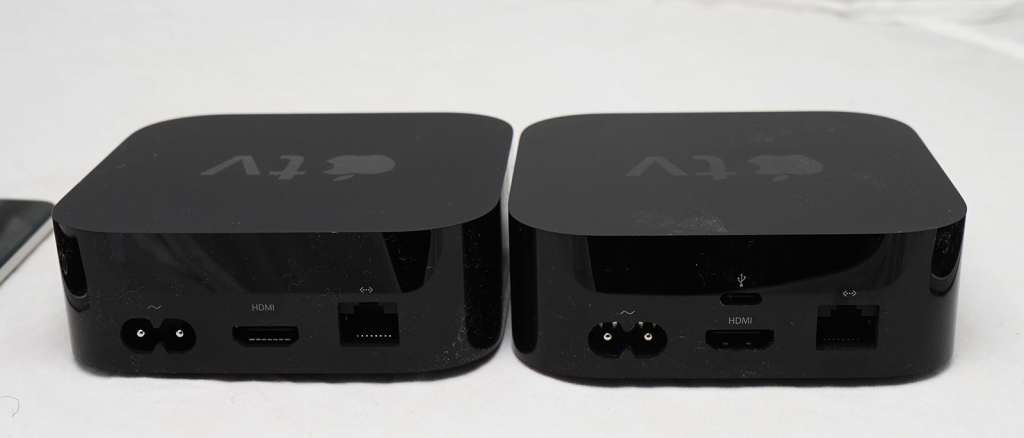
In-use
Now that you can find the remote in the dark, you can use the Apple TV in daylight and night, so that’s one sense of usability taken over, so what about the rest?
Fortunately, not much has changed, so if you’re used to the Apple TV remote from before, you’ll be at ease here.
It also means its touchpad is still one of those features you’ll either love or hate. It is definitely easier to get used to than say some of the motion controls a select few TVs have arrived with, and is basically the more modern equivalent of the directional pad that everyone else uses, but it still feels like it could be more fluid.
Fortunately, it’s totally usable, and a fair sight better than the original directional pad the first few Apple TVs arrived with.
Performance
Performance is one area that the Apple TV 4K has very little problem with, as the iPad Pro’s A10X really knows how to drive content.
Whether we ran 4K movies, Full HD TV shows, or apps built to render media at the highest resolution they could, Apple TV 4K offered very little to complain about.
Revealing that Apple knows a thing or two about 4K performance, the Apple TV just puts up with what it needs to, doing the job of 4K and HDR without breaking a sweat in a box barely much bigger than a hockey puck.
What’s the best thing?
With solid performance overall and totally usable controls, Apple’s 4K TV is pretty much the must have smart TV appliance if you own a 4K TV and aren’t willing (or don’t need) to invest in one of the 4K-friendly consoles.
That means if you don’t have a 4K-friendly Xbox One S, don’t need the 4K-friendly Sony PlayStation 4 Pro, and have no intention of getting either the Xbox One X or a 4K Blu-ray player, the Apple TV makes total sense for you, especially if you have a very fast internet connection.
But the best thing isn’t that it supports 4K, but that Apple has begun to update all of the titles you own from Apple into 4K.
This will take some time, but it is easily the best part of the package, removing one of the hurdles to 4K content and alleviating the burden, allowing you to know that if you have bought a recent movie or two from Apple’s iTunes or Apple TV, you likely will have a higher resolution and HDR-capable version that you can watch.
And if that’s not enough, the pricing for a 4K title is less expensive with the Apple TV variant than it is with the 4K Ultra HD Blu-ray edition, so you kind of save money in the process as well.
Simply put, knowing that you already have a 4K library before you go out of your way to spend up and re-purchase all your old and favourite movies as 4K Ultra HD versions is easily the best part of owning the Apple TV.
Watching them is the second, because then you can enjoy them all over again on your 4K set, and you won’t need to pay anything extra to do so.

What needs work?
About the only thing that desperately needs work is the operation, which occasionally offers a bug or two.
We’ve seen it a few times, and it’s usually something you can skip past by hitting the menu button and bringing it back to the home screen, but essentially it will get the system past its bug and bring it back to life.
The other problem you might see is the upscaling, because with most of the content in Full HD, you may see some upscaling. It’s not a problem, and we found very little to complain about in this area, but folks going in expecting all will be 4K will likely find themselves a little annoyed.
The 4K content rollout has begun, that’s for sure, but it’s more of a beginning rather than an all-out “it’s everywhere” sort of thing.
The broadband limitation
The biggest problem, however, is the lack of very good high speed broadband, because a 4K movie isn’t small.
Apple’s Full HD films come in at around four or five gigabytes (4 to 5GB), but the 4K Ultra HD movies push things even further, weighing in at between 12 and 22GB depending on the size of the movie, the compression, and so on.
Naturally, this increase in size means you’re going to want a fairly high speed broadband connection, and in Australia, that can be a bit of a problem.
If you’re lucky enough to have the National Broadband Network (NBN) where you are, you might just be able to get 4K media from Apple TV in a timely fashion, but you’re going to want a pretty fast connection to make an impact here.
Alternatively, you can do what we did with our ADSL2+ connection that was too slow: start the Apple TV 4K precaching for a few minutes before the movie begins, pausing and letting the Apple TV 4K grab what it needs ahead of when you’re watching.
Take the time to make yourself some popcorn, and think about how you won’t have to do this when the NBN does eventually arrive. Maybe.
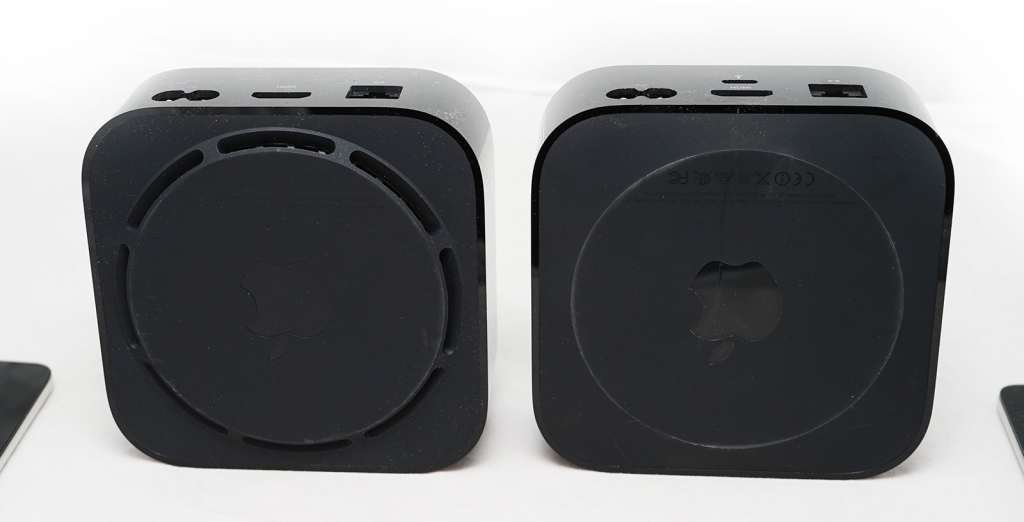
Final thoughts (TLDR)
Ultra HD TV owners have been in a bit of a content rut over the past few years, and we totally feel for them. A rather frustrating sour point, the best TVs have barely been able to exercise that 4K muscle manufacturers have included support for, with 4K media not easily found or not found in abundance.
Only in the past year has that begun to change, but it still feels slow, as the Blu-ray world begins to catch up with Ultra HD Blu-rays boasting more resolution than their Full HD counterparts.
Fortunately, Apple has finally updated its Apple TV to support 4K media, and that is most definitely a good thing. Honestly, it’s downright excellent.
While support for 4K streaming is there through the likes of Netflix and other apps, the most impressive part of the package is how easy it makes 4K content to be found, because whether you source it through a streaming partner or the iTunes Store itself, you have options, and plenty of them.
That makes the Apple TV 4K ideal for anyone with a 4K TV simply because it has taken care of all of your sourcing troubles in one hit, and in a package so small, you’ll have trouble believing it can do this.
It’s not the upgrade for all, and if you don’t have a 4K TV yet, we’d probably wait until you do. But if you do, the Apple TV 4K makes a compelling case, and if you’re struggling to find 4K stuff to play, the Apple TV 4K is a must have for your home.




